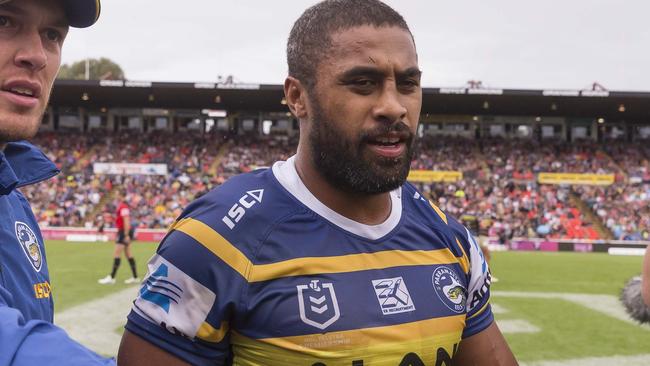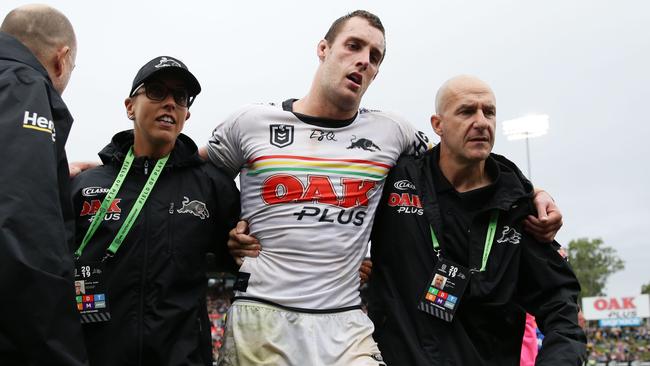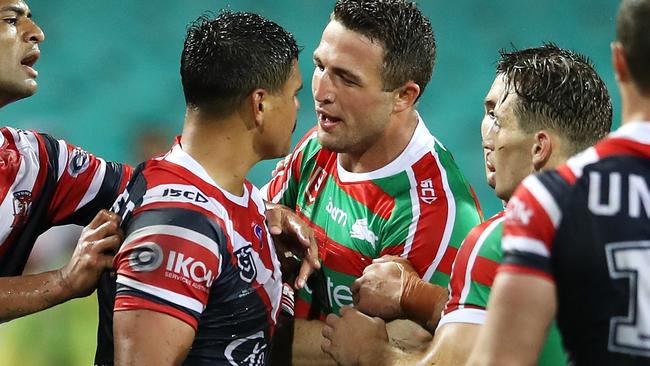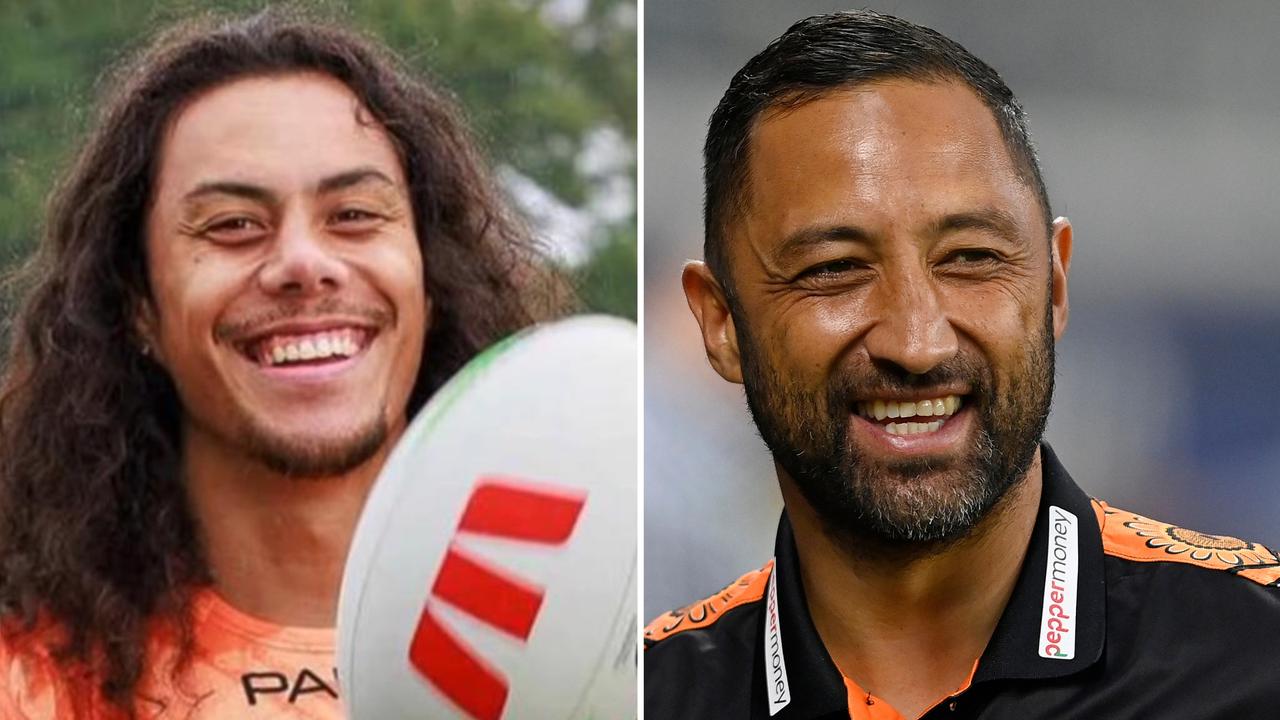Michael Jennings high tackle defenders ignoring risks of concussion
Concussion is serious business and the NRL has taken strong steps to keep players as safe as they can. But to argue against the welfare of players because it doesn’t fit the definition of what some see as tough is absurd, writes PAUL KENT.

Opinion
Don't miss out on the headlines from Opinion. Followed categories will be added to My News.
The outcry was predictable and swift and, ultimately, worrying.
Within minutes of Michael Jennings’ sin-binning against Penrith on Sunday for a high tackle on Isaah Yeo, and the two tries Penrith scored in the 10 minutes he was off, the protests began.
It wasn’t deliberate, some said commentators. Hence why there is a category for “careless”, which by definition means no intent.
Too harsh a punishment for a tackle like that, said some. Well, depends on your point of view. Try telling Yeo that.
Games shouldn’t be decided by a referee’s decision, said others. OK, so why have referees at all?

Then several hours later, as denial threatened to once again hijack the conversation, came the right bower.
Rugby league Immortal Andrew Johns, one of the greatest to have played, went live on Sunday Night with Matty Johns and revealed how doctors believe his recently diagnosed epilepsy could be a result of concussions related to playing football.
“They can’t be sure what causes it — it could be something that popped up later in life,” Johns said.
“But they think maybe — and that’s maybe — a contributor could be some of the concussions I’ve had, some of the continual head knocks.”

Johns fell down to earth last year when he suffered a seizure in a north coast café at Christmas. He can no longer drive and has been told to never surf alone.
Injury has no prejudice. It does not care whether you are one of the greatest to have played or a C-grade bush footballer with a dicky knee, the effects of concussions are just the same.
Fellow Immortal Wally Lewis also suffered epileptic fits before a dangerous, life-changing operation. Another Immortal, Johnny Raper, sits in a nursing home today slowly and sadly dwindling under the effects of dementia.
Another Immortal, Graeme Langlands, died in a nursing home last year, ravaged by dementia.
Elsewhere three former players are suing the NRL for the damage caused, they say, by the effects of concussions during their career.
Johns has spots on his brain.
They could be nothing. They could be life altering.

Concussion is serious business and the NRL has taken strong and practical steps in recent seasons to keep players as safe as they can be in a game that can’t ever truly promise safety.
But to argue against the welfare of players because it no longer fits the definition of what some see as the game, or as manly and tough, is absurd.
Some have tried to argue Jennings should not have been sin-binned — which by definition is a penalty to act as a deterrent against a free for all — because it could have affected the result.
They argue the game is getting soft.
It is hard to understand.

The NRL is nowhere as vigilant against head high tackles as it used to be.
Phil Sigsworth was marched in the 1986 grand final for a reflex headhigh tackle on Brett Kenny that would draw no more than a penalty nowadays. There are countless examples from the same era.
Head highs almost always resulted in instant dismissal but somewhere along the line we allowed the impact of a send-off to fall in favour of the scoreboard, and its impact there, than the safety of the game.
So now, as the game wrestles it back in the name of player safety, there is uproar.
If they can’t win there they turn to consistency.

They point to Friday night’s game when Latrell Mitchell hit Sam Burgess high and was left on the field.
Burgess later had to leave the field for a precautionary head injury assessment. Mitchell was not sin-binned.
Where is the consistency?
While ever the game remains shackled to this belief that consistency can be achieved from game to game, when no two incidents are the same, it will forever be its victim.
The rules are simple in the game. High tackles, whether careless, reckless or intentional, are illegal.
If a player hit high needs to be replaced then the referee has the ability to sin bin the tackler.
The NRL got it right Sunday and again on Monday when Jennings was charged with a grade two careless high tackle.
Not that it stopped the debate.
It’s my life, said James Graham, the game’s greatest warrior.
True, but sometimes young men, for the very best of reasons, need saving from themselves.
Originally published as Michael Jennings high tackle defenders ignoring risks of concussion


